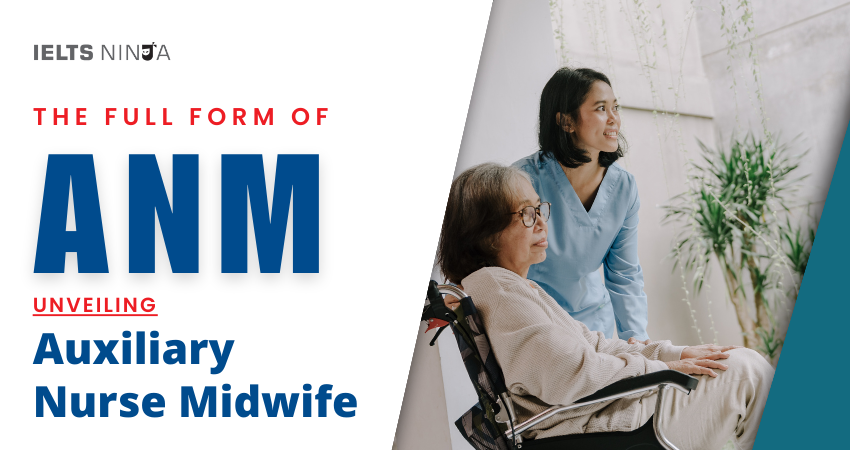In the field of healthcare and nursing, the full form of “ANM” stands for “Auxiliary Nurse Midwife.” ANMs play a vital role in the healthcare system, particularly in providing essential healthcare services in rural and underserved areas. They are trained healthcare professionals who assist in healthcare delivery, maternal and child health services, and community healthcare programs. In this comprehensive guide, we will explore the details of ANM, their roles, responsibilities, and the significance of their contribution to healthcare.
Who is an ANM?
एक Auxiliary Nurse Midwife (ANM) is a trained healthcare professional, primarily responsible for delivering basic healthcare services at the community level. ANMs are an integral part of the healthcare workforce, particularly in rural and remote areas where access to medical facilities is limited.
Roles and Responsibilities of ANMs
ANMs perform a wide range of roles and responsibilities, including:
Maternal and Child Health Services:
ANMs are trained to provide prenatal care, postnatal care, and care for infants and young children. They conduct antenatal check-ups, promote immunization, and ensure the well-being of mothers and children.
Family Planning:
ANMs educate communities about family planning methods, distribute contraceptives, and provide family planning counseling.
Immunization:
They play a critical role in immunization programs, ensuring that children and adults receive essential vaccines.
Health Education:
ANMs conduct health awareness programs in communities, educating people about hygiene, nutrition, and disease prevention.
First Aid and Basic Healthcare:
They provide first aid and basic healthcare services, including wound dressing and minor ailment treatment.
Assisting in Deliveries:
ANMs are trained to assist in deliveries, particularly in home births, and to recognize and manage complications during childbirth.
Data Collection:
They maintain health records, collect health data, and report health-related information to higher healthcare authorities.
Community Mobilization:
ANMs engage with the community to promote healthcare-seeking behavior and encourage participation in healthcare programs.
Referrals:
When necessary, ANMs refer patients to higher-level healthcare facilities for specialized care.
यह भी पढ़ें: सर्वश्रेष्ठ ऑनलाइन आईईएलटीएस कोचिंग एवं प्रशिक्षण अकादमी
Training and Qualifications – ANM
To become an ANM, individuals typically complete a two-year Auxiliary Nurse Midwife program from a recognized nursing school or institution. The curriculum includes both theoretical and practical training in healthcare, nursing, midwifery, and community health.
Significance of ANMs
ANMs play a crucial role in the healthcare system for several reasons:
Rural Healthcare:
They bridge the gap in healthcare access in rural and remote areas, where the availability of doctors and healthcare facilities is limited.
Maternal and Child Health:
ANMs contribute significantly to reducing maternal and child mortality by providing essential healthcare during pregnancy, childbirth, and early childhood.
Community Outreach:
They are trusted members of the community and serve as a link between the community and the healthcare system.
Preventive Healthcare:
ANMs focus on preventive healthcare, which is essential for improving overall community health.
Health Education:
They educate communities about health and hygiene practices, empowering individuals to make informed decisions about their health.
निष्कर्ष
Auxiliary Nurse Midwives (ANMs) are healthcare heroes who provide vital healthcare services, especially in underserved and rural areas. Their role in maternal and child health, family planning, immunization, and health education is pivotal in improving healthcare outcomes and ensuring the well-being of communities.








